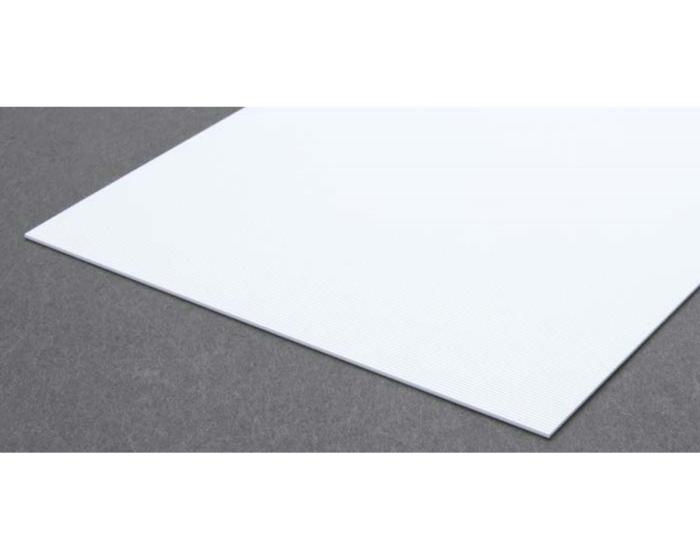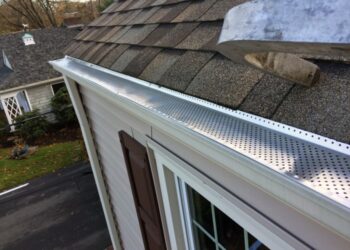Diving into the world of double four siding, this guide offers a detailed look at this popular construction technique. From its origins to its practical applications, you’ll uncover all you need to know about double four siding in the following paragraphs.
As we delve deeper, you’ll gain insights into the installation process, maintenance requirements, advantages, and disadvantages of double four siding, providing you with a well-rounded understanding of this versatile building material.
What is Double Four Siding?

Double four siding, also known as double lap siding, is a type of exterior cladding used in construction and architecture. It consists of overlapping horizontal boards that create a pattern resembling two rows of four-inch wide planks, hence the name “double four.”
Examples of Common Usage
- Residential homes
- Commercial buildings
- Industrial structures
Characteristics of Double Four Siding
- Provides a traditional and classic look to a building’s exterior
- Durable and weather-resistant, offering protection against the elements
- Easy to install and maintain
- Available in a variety of materials such as wood, vinyl, and fiber cement
Installation of Double Four Siding
Installing double four siding on a building is a process that requires attention to detail and the right tools and materials. Here, we will discuss the step-by-step process of installing double four siding, the tools and materials needed, and provide tips for ensuring a proper and durable installation.
Step-by-Step Process
- Prepare the surface: Ensure the surface where the siding will be installed is clean, smooth, and free of any debris or obstacles.
- Measure and cut the siding: Take precise measurements of the area and cut the siding panels accordingly to fit the dimensions.
- Install the starter strip: Fix the starter strip at the bottom of the wall to provide a base for the siding panels.
- Hang the siding panels: Start from one corner and work your way across, overlapping each panel to ensure a tight fit.
- Secure the panels: Use nails or screws to secure the siding panels to the wall, making sure they are evenly spaced and properly aligned.
- Finish the edges: Install J-channels or corner pieces to finish the edges and give a polished look to the installation.
- Inspect and clean: Once the installation is complete, inspect the siding for any gaps or issues, and clean the surface for a flawless finish.
Tools and Materials
- Double four siding panels
- Starter strip
- Nails or screws
- J-channels or corner pieces
- Tape measure
- Level
- Hammer or screwdriver
- Safety gear (gloves, goggles)
Tips for a Proper Installation
- Follow manufacturer guidelines for installation to ensure proper alignment and spacing.
- Use a level frequently to check that the siding panels are straight and even.
- Allow for expansion and contraction of the siding panels by leaving a small gap at the ends.
- Apply caulk or sealant around windows, doors, and corners to prevent water infiltration.
- Regularly clean and maintain the siding to prolong its lifespan and preserve its appearance.
Maintenance of Double Four Siding

Maintaining double four siding is essential to ensure its longevity and preserve its appearance. Regular upkeep will help prevent issues and keep your siding looking great for years to come.
Regular Cleaning
- Use a soft brush or cloth to remove dirt, dust, and grime from the siding.
- For tougher stains, mix mild soap or detergent with water and gently scrub the affected areas.
- Rinse the siding thoroughly with a hose to remove any soap residue.
Inspection and Repairs
- Inspect the siding regularly for signs of damage such as cracks, chips, or warping.
- Repair any damaged areas promptly to prevent further deterioration.
- Replace any missing or broken pieces of siding to maintain the integrity of the installation.
Preventing Issues
- Avoid using high-pressure washers as they can damage the siding.
- Trim trees and bushes near the siding to prevent scratches or damage from branches.
- Ensure proper ventilation to prevent moisture buildup that can lead to mold or mildew growth.
Prolonging Appearance
- Apply a protective coating or sealant to the siding to help preserve its color and finish.
- Avoid painting the siding unless recommended by the manufacturer to maintain its original appearance.
- Regularly clean gutters and downspouts to prevent water from overflowing and damaging the siding.
Advantages and Disadvantages of Double Four Siding
When considering double four siding for a building’s exterior, it is essential to weigh the advantages and disadvantages to make an informed decision on whether this siding option is the best fit for your needs.
Advantages of Double Four Siding:
- Easy Maintenance: Double four siding is relatively easy to maintain, requiring periodic cleaning to keep it looking fresh and new.
- Versatility: This type of siding comes in a variety of colors and styles, allowing homeowners to choose the option that best complements their home’s aesthetic.
- Affordability: Double four siding is a cost-effective option compared to other siding materials, making it a popular choice for many homeowners.
- Durability: Double four siding is known for its durability and ability to withstand various weather conditions, providing long-lasting protection for the exterior of a building.
Disadvantages of Double Four Siding:
- Limited Insulation: Double four siding may not provide as much insulation as other siding options, potentially leading to higher energy costs in regulating indoor temperatures.
- Susceptible to Damage: While durable, double four siding can be susceptible to damage from impacts or extreme weather conditions, requiring repairs or replacements over time.
- Uniform Appearance: Some homeowners may find the uniform appearance of double four siding less visually appealing compared to other siding options that offer more texture and depth.
Comparison with Other Siding Options:
- Durability: Double four siding is known for its durability, comparable to materials like vinyl siding but may not be as impact-resistant as fiber cement siding.
- Cost: Double four siding is more affordable than materials like wood or brick siding, making it a budget-friendly option for many homeowners.
- Aesthetics: While double four siding offers versatility in colors and styles, it may lack the natural look and texture of wood siding or the modern appeal of metal siding.
Last Point
In conclusion, double four siding stands out as a reliable and visually appealing option for enhancing the exterior of any building. By following the tips and guidelines Artikeld in this guide, you’ll be well-equipped to make informed decisions regarding the use of double four siding in your construction projects.
FAQ Insights
What are the benefits of double four siding?
Double four siding offers excellent durability, a wide range of design options, and easy maintenance, making it a popular choice for many construction projects.
How do I address common issues with double four siding?
Common issues such as warping or fading can be addressed by regular maintenance, proper installation, and timely repairs as needed.
Is double four siding more expensive than other siding options?
While the initial cost of double four siding may be higher, its durability and low maintenance requirements often make it a cost-effective choice in the long run.








